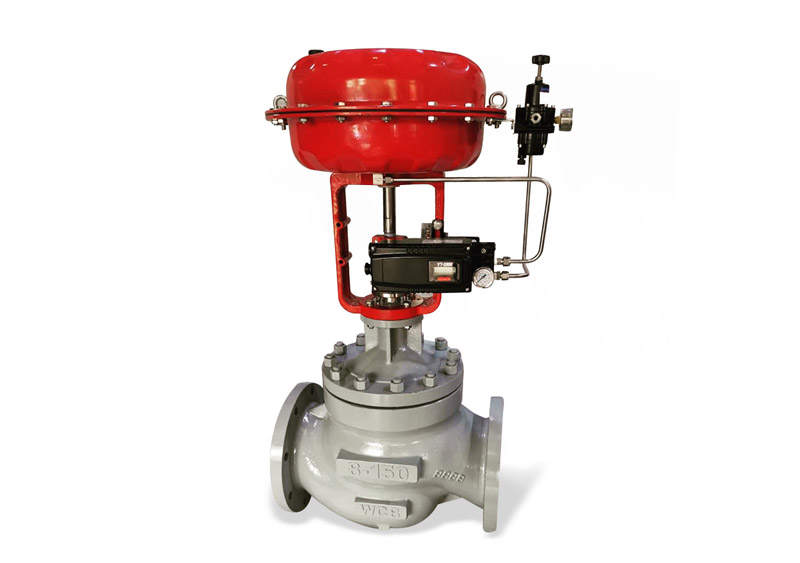Achieve Seamless Integration and Control With Quality Building Automation Controls
In the world of contemporary building management, the importance of quality structure automation controls can not be overstated. As technology proceeds to breakthrough, the integration and control of numerous systems within a structure have evolved to be extra innovative and reliable. The smooth operation and monitoring of lights, HVAC, security, and various other structure functions have actually come to be critical for enhancing passenger comfort, energy effectiveness, and overall functional efficiency. The journey towards attaining real integration and control is a diverse one, with factors to consider ranging from system compatibility to cybersecurity. Accepting quality building automation controls is not just a matter of convenience but a tactical essential for organizations intending to enhance their centers' efficiency and sustainability.

Advancement of Building Automation Controls
Throughout the past couple of decades, the evolution of constructing automation controls has considerably changed the way structures are managed and run. At first, constructing automation systems mostly concentrated on basic features such as regulating air, air flow, and heating conditioning (HEATING AND COOLING) systems. As technology progressed, these controls have actually ended up being extra advanced, permitting for a larger variety of building systems to be incorporated and handled centrally.
The development of developing automation controls has actually seen a change in the direction of even more smart systems that can adjust to changing conditions in real-time. This flexibility is vital for maximizing energy efficiency and guaranteeing passenger convenience. Additionally, modern building automation controls now provide functions such as anticipating upkeep, remote surveillance, and data analytics, making it possible for facility supervisors to make data-driven decisions to enhance building performance.

Advantages of Quality Combination
The advancement in building automation manages in the direction of even more intelligent systems has emphasized the substantial benefits of high quality assimilation in optimizing structure procedures and improving total efficiency. This centralized control additionally gives far better visibility and understandings into structure performance, enabling positive upkeep and optimization approaches. Overall, the benefits of quality combination in structure automation controls are obvious, offering boosted performance, convenience, and functional efficiency.
Improved Individual Experience and Access
Enhancing customer communication with structure automation manages via intuitive style and improved accessibility boosts the overall experience for occupants and center supervisors alike. By focusing on individual experience, developing automation systems can end up being more straightforward and effective. User-friendly user interfaces, clear navigation, and customizable settings empower customers to connect with the controls quickly and successfully.
Availability functions play an important role in making certain that all people, including those with handicaps, can make use of the structure automation manages with convenience. Integrating attributes such as voice commands, responsive buttons, and color-contrasted displays can improve access and make the controls more inclusive.
Additionally, enhanced user experience leads to higher individual satisfaction, raised productivity, and far better decision-making. Occupants can change environmental setups according to their choices, while facility supervisors can efficiently take care of and keep track of structure systems - control valves. In general, focusing on from this source user experience and availability in building automation manages adds to a much more seamless and efficient structure atmosphere for all stakeholders entailed
Sustainable Practices Through Automation

Moreover, automation can assist in the integration of renewable power resources such as solar panels or wind turbines into building operations. Through automation, buildings can line up with contemporary sustainability objectives and add to a greener future.
Future Trends in Building Control Systems
One prominent trend forming the future of structure control systems is the boosted assimilation of Artificial Knowledge (AI) and maker understanding. In addition, the Internet of Points (IoT) is revolutionizing building control systems by linking devices and sensing units to boost and simplify procedures effectiveness.
An additional vital trend is the emphasis on cybersecurity procedures to secure versus possible risks to building automation systems. As structures come to be much more interconnected, guaranteeing robust cybersecurity procedures will be vital to protect delicate data and stop unapproved gain access to.
Moreover, the change in the direction of cloud-based platforms is getting energy, allowing for centralized control and remote access to building systems. This assists in less complicated monitoring, maintenance, and updates, improving the general efficiency and adaptability of structure control systems. As innovation proceeds to advance, these trends are expected to shape the future landscape of building automation controls, driving advancement and sustainability in the constructed atmosphere.
Verdict
Finally, constructing automation controls have actually evolved significantly, supplying various advantages such as enhanced individual experience, availability, and lasting techniques. Quality combination plays a crucial function in accomplishing seamless control and reliable procedure of building systems. Future patterns in structure control systems are most likely to concentrate on additional improving automation abilities look at this now for enhanced energy efficiency and overall performance. It is necessary for structure proprietors and drivers to prioritize the adoption of high quality structure automation manages to enhance structure procedures and achieve long-lasting sustainability goals.
In the realm of modern-day building management, the value of high quality building automation controls can not be overemphasized. Overall, the advancement of building automation regulates continues to drive innovation in the structure management market, providing brand-new possibilities for creating smarter and more lasting buildings.
The advancement in structure automation manages towards even more intelligent systems has emphasized the considerable benefits of quality integration in maximizing structure procedures and improving total effectiveness. Overall, prioritizing customer experience and ease of access in structure automation regulates contributes to a much more smooth and productive building atmosphere for all stakeholders entailed.
It is essential for structure proprietors description and operators to focus on the adoption of high quality structure automation controls to enhance structure operations and attain long-term sustainability goals. - control valves
Comments on “Maximizing System Control with High-Performance Control Valves”